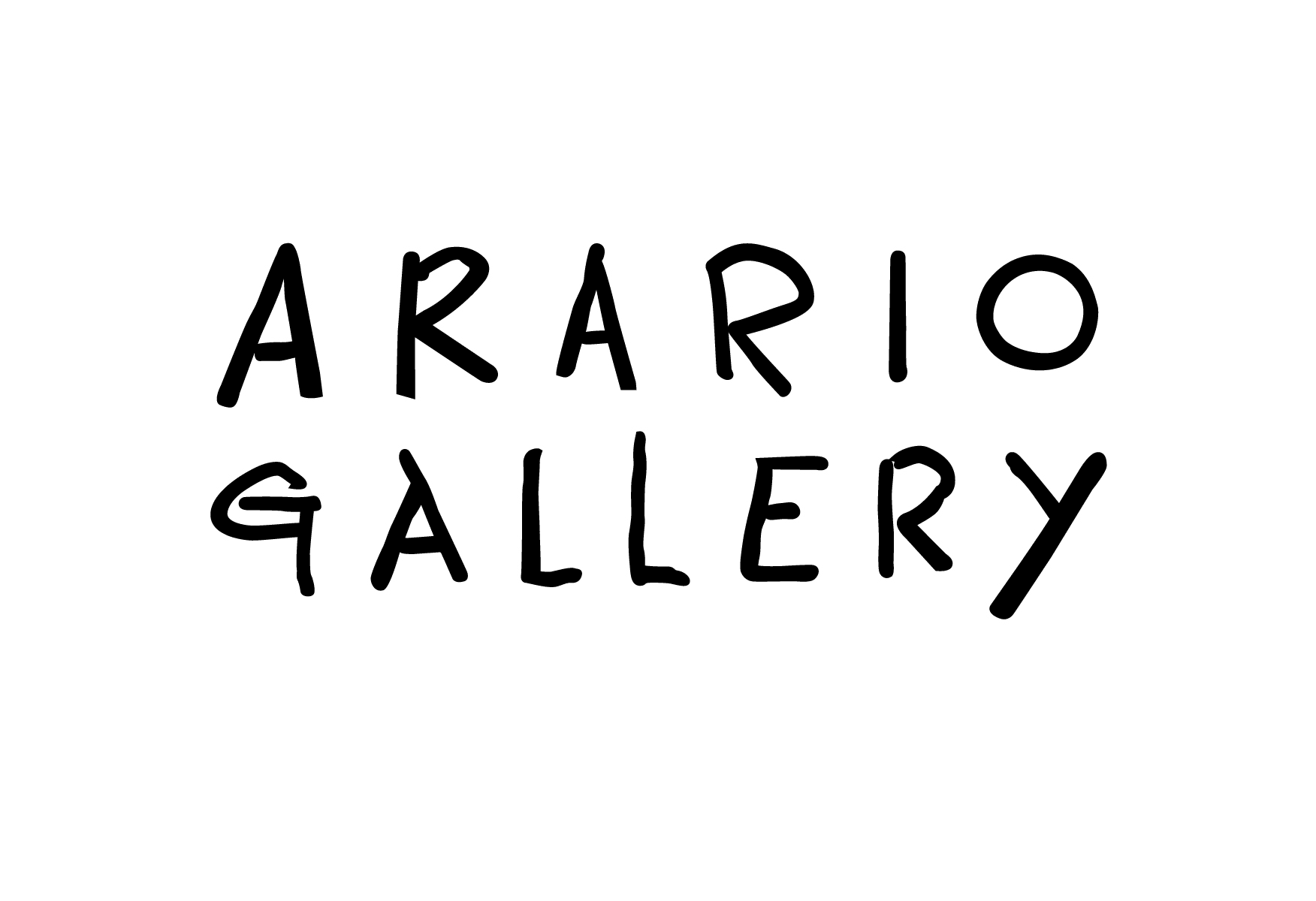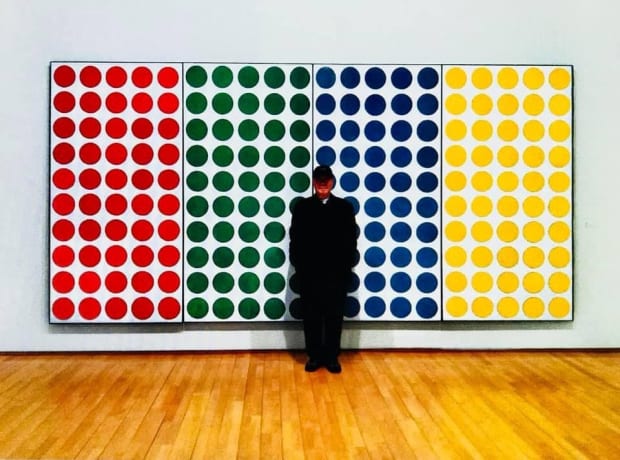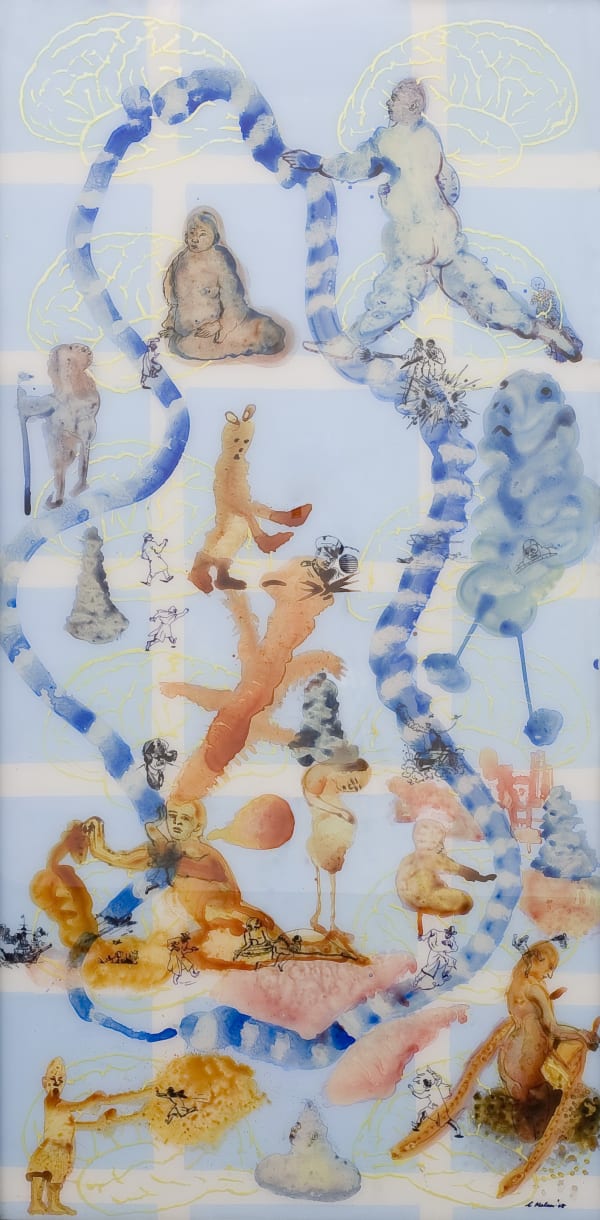-

-
For FIAC OVR 2021, Arario Gallery is pleased to present five selected artworks from Subodh Gupta, Nalini Malani, Sigmar Polke, Soun-Gui Kim, and Gyutae Hwang, which reflect an approach that characterizes the radical change in the sociopolitical climate today. This attitude and process of re-imagining the contemporary, based on the artists’ personal experiences, constitute the core aesthetics of these works—through style, content, medium, and the time from which it comes. This mixture of traditional styles and genres, achieved by re-manifesting historical analogies and recreating and sampling motifs from across the timeline of history, can be identified as a hallmark in contemporary art.
-

-
Subodh Gupta (b.1964) was born in Khagual, Bihar, India, the seat of Buddhist learning. He studied at the College of Art, Patna before moving to New Delhi where he currently lives and works. Trained as a painter, he went on to experiment with a variety of media. His work has stood out in major international biennials and has been the subject of numerous solo exhibitions across Asia, Europe and America, illustrating his long exploration of the issue in cultural translation and dislocation. His ability to transcend cultural and economic boundaries has led to numerous international institution’s collections, including Tate Britain (London, UK), Guggenheim Museum (New York, USA), National Gallery of Modern Art (New Delhi, India), MMK Museum Moderne Kunst Frankfurt am Main (Frankfurt, Germany), Sara Hilden Art Museum (Tampere, Finland), Kiran Nadar Museum of Art (New Delhi, India), François Pinault's Foundation (Venice, Italy) and ARARIO Collection (Cheonan, Korea).
-
-

-
Nalini Malani (b.1946) is India’s Grand Dame of the experimental arts who has been acclaimed for her unique interpretation of a woman’s historical vision. Malani has been conferred many international awards, the latest is the Joan Miró Award in 2019. She is scheduled to open solo exhibitions at international institutions including the Metropolitan Museum of Art, New York (2021) and the National Gallery, London (2023). Malani has built an impressive body of work over fifty years which have been acquired by more than thirty museums including the MoMA, Centre Pompidou, Tate Modern and M+ Museum. With her Wall Drawings/Erasure Performances, Video/Shadow Plays, and Animation Chambers, she confronts the viewers through complex, immersive and cinematic experiences.
-
-

-
Sigmar Polke (1941-2010) is one of the critically important artists in the postwar generation. Both painter and photographer, he worked in a wide range of styles and materials, addressing diverse issue of subjects and his perception of them, including the sociopolitical surroundings during his years in Germany and his immigration to Poland near the end of World War II. From the 1970s, he was particularly interested in photography which influence him to work with off-the-wall materials ranging from dust to bubble wrap, soot and even uranium all in resisting easy categorization of his complex oeuvre.
-

KIM Soun-Gui
One Stroke of Painting 一畫(일화), 1975-19852-channel video, color, sound
03'30"
Edition of 7 + 3 AP -
“One Stroke of Painting” is Soun-Gui Kim's one of early video works. This two channel video work produced while filming her practice of Korean traditional archery, “Kuk-goong,” encapsulates the epitome of Kim's ouevre. As one of Kim’s major series, “Painting of One Brush of Stroke (Il-Hua)”, are created during her early years working in France. A shot of arrow signifies ‘one brush of a stroke (il-pil),’ leading a chaos to an infinitely open attitude, the creative impulses freely crossing the boundary between the East and West. As one of the pioneers in Korean experimental art, she has been fluently crossing over diverse genres, including painting, photography, performance and video. For Kim, blurring boundaries between Eastern and Western philosophies are portrayed in her “one brush of stroke”. According to the artist, it symbolizes “the beginning, the basis of everything. It has the meaning of ‘chaos,’ meaning an infinitely open attitude.” Through this we may catch a glimpse of Kim’s way of thinking in seeking an infinite openness beyond boundary, limit and prejudice. A single shot of an arrow, a single stroke of a brush is the essence of the world and art as a whole.
-
Soun-Gui Kim (b.1946) is a multimedia artist, one of the pioneers in multidisciplinary art. She has been living and working in France since 1971, actively teaching, creating, and establishing her career for the last 50 years. She recently held a large-scale retrospective exhibition, "Lazy Clouds" at the National Museum of Modern and Contemporary Art (MMCA), Seoul, Korea in 2019 and, in 2021, is scheduled to hold a solo show at ZKM, Karlsruhe, Germany and participate at the group exhibition at Mori Museum of Art curated by Mami Kataoka.
Kim, during the 1970s, actively exchanged influences with experimental artists during the time, including John Cage and Namjune Paik. In today’s terms she was a pioneer of interdisciplinary art and performance, in which various art disciplines converge; and this led her to pursue ephemerality in performance such as those of the Fluxus movement. Her experimentation with photography is another critical example of Kim's interest in various medium. It can be highlighted with the art festival organized by Kim. In 1986, Kim invited her friends to participate in an art festival she organized. Under the title “Video and Multimedia: Soun-Gui Kim and Her Invitees, Kim invited her artist colleagues from various countries—including John Cage, Namjune Paik, Daniel Charles, Ko Nakajima, Ira Schneider, Davison Gigliotti—to take part in performances, exhibitions, poetry readings, discussions and gatherings.
-
-

-
Compared to traditional characteristics of photography, Hwang’s “Pixel” series does not focus on the “recording” process of a camera. Instead he harbors on “choice” and “magnification” of the image it produces. In order words, his works move away from the traditional conventional process of capturing a photographic image of an object to film strip, but rather focus on discovering a variety of pixels in different forms and colors as they appear. Hwang describes his “pixel” series as “the images that are shown in the photographs are not important, but the pixels within. Then, the photography is to be understood in a larger context of ‘image studies’ than seen through the narrow lens of formal history.” His interest on the basic concept of photography also stems from his experience with photojournalism working at Kyunghyang Newspaper and working at the United States in the 1970s.
Gyutae Hwang (b.1938), one of the first generation Korean photographers, studied political science at university and worked as a photographer for Kyunghyang Newspaper from 1984 to 1992. Based on his socially critical view and sharp sense in different technologies used for photography, he has participated at various renowned institutions in Korea and Japan including Kumho Art Museum, Art Sonje Center, the National Museum of Modern and Contemporary Art, Seoul Museum of Art, Japan. His works are collected at a number of national and private institutions, such as the National Museum of Modern and Contemporary Art, and Museum of Photography, Seoul.
-
FIAC OVR
Past viewing_room
















